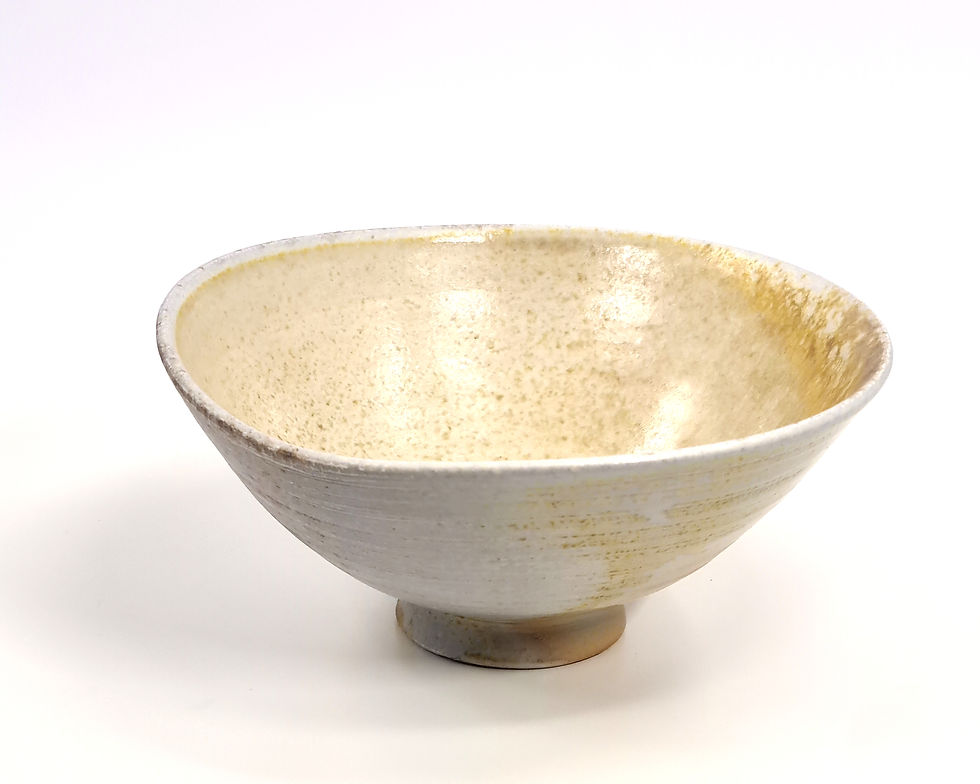This pair of small handmade cups by ceramic artist Beatrice Kelerienė comes from her expressive series “You Drink Coffee, I Drink Tea, My Dear.” Each cup in the set has its own visual character, yet together they form a harmonious dialogue of form, glaze, and personality.
Fired in a traditional wood-fired kiln, the cups feature natural variations in tone and texture that arise from the unpredictable movement of flame and ash. One cup is decorated with a soft cream-and-navy band, while the other showcases a lively geometric pattern of diagonal lines and dots. Both pieces rest on an elegant, slightly raised foot, giving them a refined yet playful aesthetic.
Perfect for espresso, tea tasting, sake, or display, these cups celebrate individuality within a matching set — embodying the concept behind the series: different, yet beautifully connected.
Handmade by Beatrice Kelerienė
Part of the series “You Drink Coffee, I Drink Tea, My Dear”
Fired in a traditional wood-fired kiln
Set of two unique small cups with complementary designs
Natural kiln-born textures and warm tones
Ideal for espresso, tea, sake, or as collectible art pieces
One-of-a-kind artisan duo
h 7 cm
w 6 cm
top of page
SKU: AGD9
€60.00Price
Product Page: Stores_Product_Widget
bottom of page
















